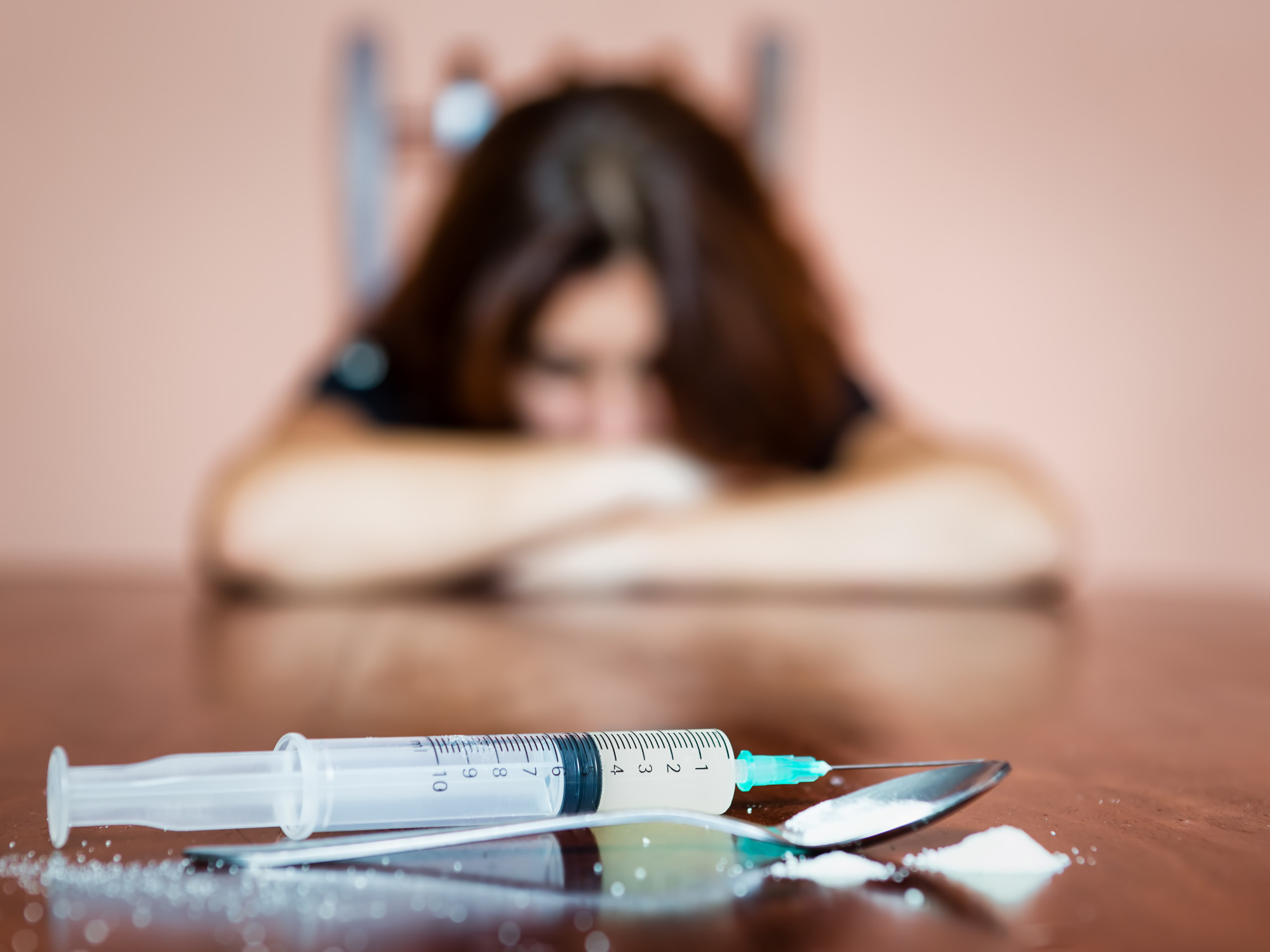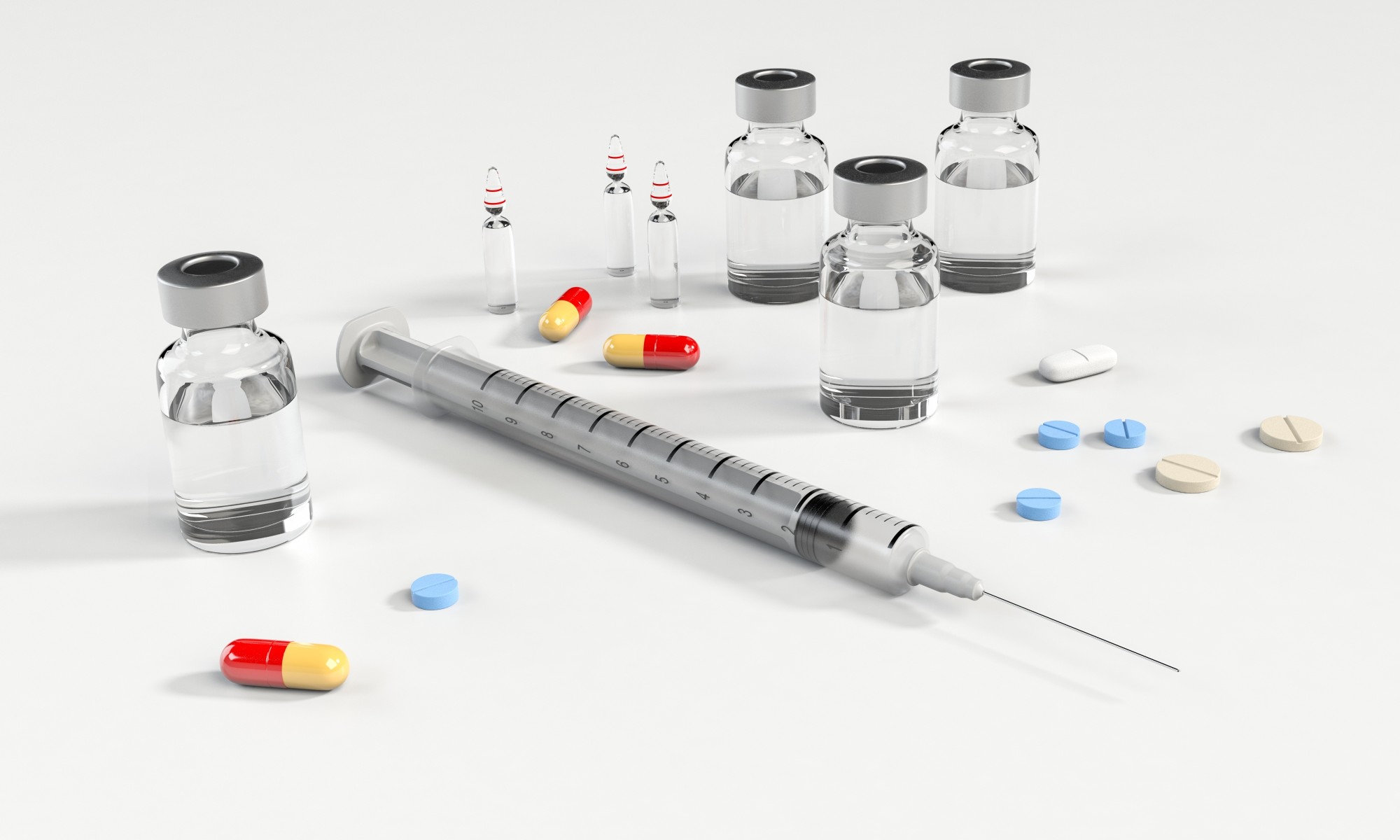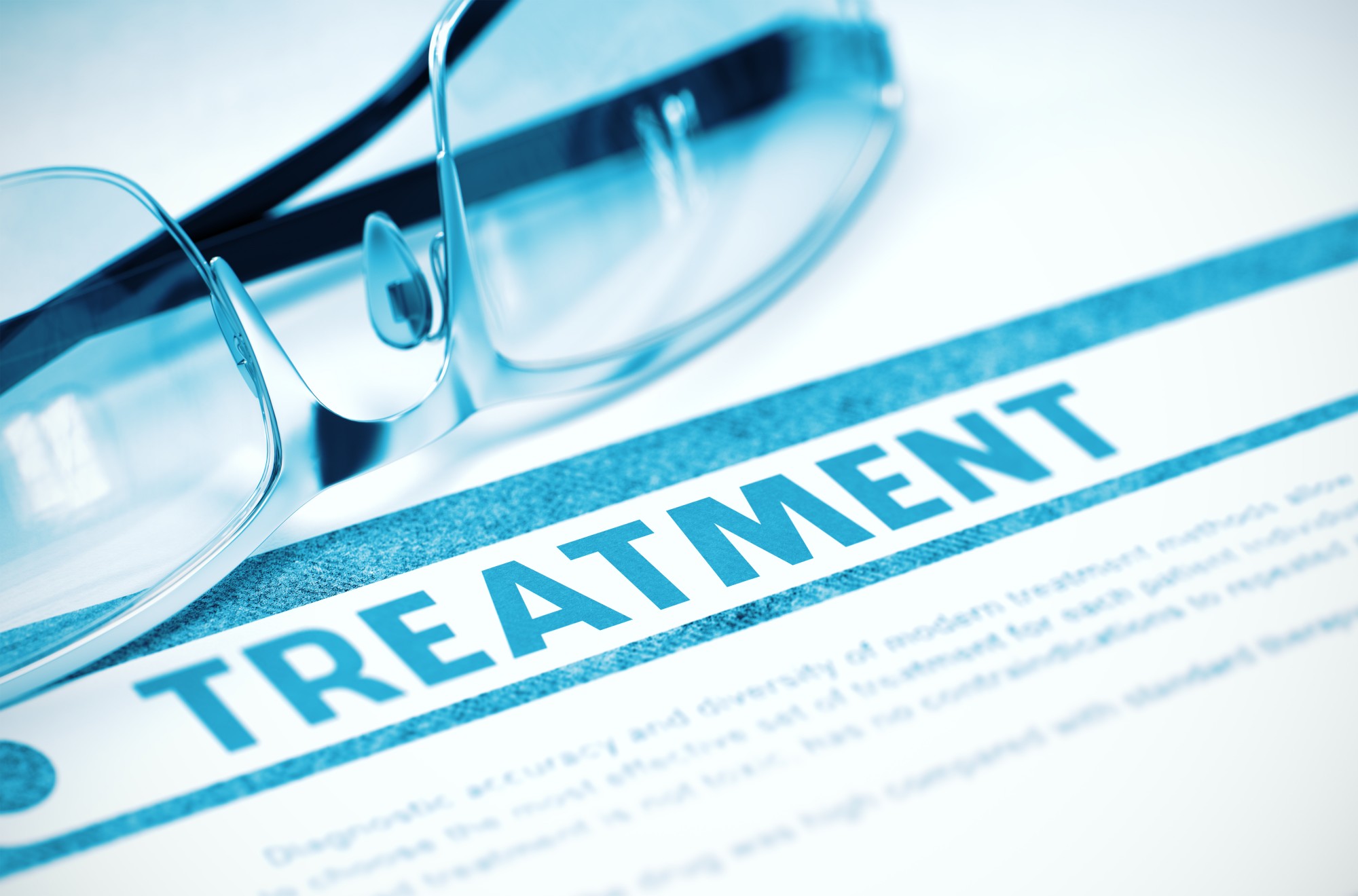Heroin Holdout: What Are the Main Heroin Withdrawal Symptoms?
More than 130 people die every day in the United States from opioid overdose. That’s one of the thousands of reasons we’re overjoyed that you or your loved one has made the courageous, life-saving decision to give up an addiction to heroin.
We want to support you fully in this decision, so we’ve written this guide to help you through the first stage of treatment: detox.
When detox treatment begins, the most immediate problem to deal with is withdrawal symptoms. Heroin withdrawal symptoms are often compared to an intense flu, plus powerful cravings to start using again.
To learn all you need to know about heroin withdrawal symptoms and how long they last, read through this list.
What Causes Heroin Withdrawal Symptoms?
Withdrawal symptoms are a result of your body’s natural adaptability.
When certain substances that have a powerful effect on the mind and body, such as heroin, are used regularly, the body builds up a tolerance for them. That means your body gets used to receiving the substance and reconditions itself accordingly.
In other words, your body gets itself ready to keep receiving the substance. It now recognizes the use of the substance as “normal.” To keep things “normal” it will signal you when it “needs” more of it to maintain balance.
So now, according to your newly-conditioned body, ceasing use of the substance is regarded as “abnormal.” When you stop using the substance completely, your body is then missing something that’s “supposed” to be there.
It can’t function the way it “normally” does and many bodily processes are interrupted. Then it’s forced to adapt once again to learn how to function in a substance-free environment.
Withdrawal symptoms are the result of your body trying to figure out how to function under extremely different circumstances than it’s used to.
How Long Does Heroin Withdrawal Last?
The good news about heroin withdrawal symptoms is that they don’t last very long, only about a week.
Heroin is a short-acting opioid. This means it takes effect quickly and also wears off quickly. And so do the withdrawal symptoms.
Patients usually begin seeing symptoms within 6-12 hours of the last dose taken. These symptoms will peak in about 2 or 3 days and then begin to fade.
The total duration of withdrawal symptoms will normally last only 5-7 days. Withdrawal symptoms from more extreme heroin addictions may last up to 10 days.
Heroin Withdrawal Symptoms
Here’s a general overview of heroin withdrawal symptoms followed by a timeline of when they occur.
Mild withdrawal symptoms include:
- Abdominal cramps
- Nausea
- Chills
- Sweating
- Goosebumps
- Runny nose
- Tearing
- Muscle and bone aches
- Excessive yawning
More moderate symptoms include:
- Vomiting
- Diarrhea
- Fatigue
- Tremors
- Restlessness
- Agitation
- Trouble concentrating
The most intense symptoms are
- Strong drug cravings
- Insomnia
- Depression
- Anxiety
- Difficulty feeling joy or pleasure
- Rapid heart rate
- Hypertension
- Impaired respiration
- Muscle spasms
In general, the effects of heroin withdrawal tend to be the opposite of how the drug affected the individual. If the use of the drug caused elevated mood, reduced heart rate, and calm, then withdrawal will likely cause low mood, rapid heart rate, and anxiety.
In very extreme cases, unsupervised withdrawal can cause coma and/or death. It’s always safest to have the detox process monitored by medical professionals.
Heroin Withdrawal Timeline
The specific timeline of withdrawal symptoms varies from person to person. To give you a rough idea, here’s what an average heroin withdrawal timeline looks like.
Days 1-3
Most heroin withdrawal symptoms begin within 24 hours of the last dose taken. It’s very important to the recovery process to remember that these symptoms will pass soon. Within one week, the heroin and the dependence on it will have completely left the addicted’s body and brain.
Most patients begin experiencing excessive sweating, tearing, yawning, and a runny nose in the first 3 days of detox. Other early symptoms are insomnia, muscle aches, loss of appetite, and stomach problems.
Mood-related symptoms begin in this phase as well. Irritation, aggression, anxiety, and panic attacks are all common during the first 3 days.
Symptoms should peak on or by the third day.
Days 3-5
By this point, symptoms should be waning. Some residual stomach problems often occur including diarrhea, abdominal cramping, nausea, and vomiting. Less intense muscle aches may also remain.
Chills, shivers, and goosebumps are also common during this phase, as is fatigue and pupil dilation.
Heroin Withdrawal and Detox Medications
So what effect do detox medications have on these symptoms? It depends. Let’s look now at the various medications rehab professionals may prescribe to aid the detox process.
Methadone
Methadone is a long-acting opioid that affects the same brain receptors as heroin. Methadone acts as a substitute drug and fills your body’s “need” for heroin. When successful, taking it greatly alleviates symptoms and reduces cravings.
But like heroin, methadone is habit-forming. The treatment itself may become a new addiction. The main risks associated with methadone treatment are methadone addiction and overdose.
Suboxone
Suboxone treatment has a very high rate of success among heroin detox patients. It’s now the preferred detox medication for heroin. It’s so effective that, in many cases, it stops symptoms and cravings completely.
Suboxone is a combination of buprenorphine and naloxone. The first drug, buprenorphine, reduces heroin cravings by blocking the appropriate opioid receptors. The other, naloxone, helps to remove the effects of heroin from your body.
However, it is not without its side effects. Like methadone, suboxone is also habit-forming. Although, an overdose of suboxone is somewhat less dangerous than methadone overdose.
Naltrexone
An alternative treatment method is a naltrexone. Rather than aid the initial withdrawal period, it is administered after detox to help keep patients from relapsing.
If a detoxed patient uses heroin again while taking naltrexone, naltrexone blocks the effects of heroin to prevent the habit from reforming. This reduces cravings and prevents the body from reforging a dependence on heroin.
Best of all, naltrexone is non-habit-forming.
Get Help For Heroin Withdrawal and Detox
Quitting heroin is a decision only you can make. But that doesn’t mean you have to go through withdrawal alone, and you shouldn’t. It’s important that those who are detoxing from such a powerful addiction receive professional supervision and treatment.
Attempting to handle heroin withdrawal symptoms on your own will make recovery even more difficult for no reason. Why not make it easier instead? When you’re ready to detox, get the professional help you need from a detox center near you.
Not sure if your loved one has a problem? Read about 10 Opioid Addiction Signs Families Should Know.









